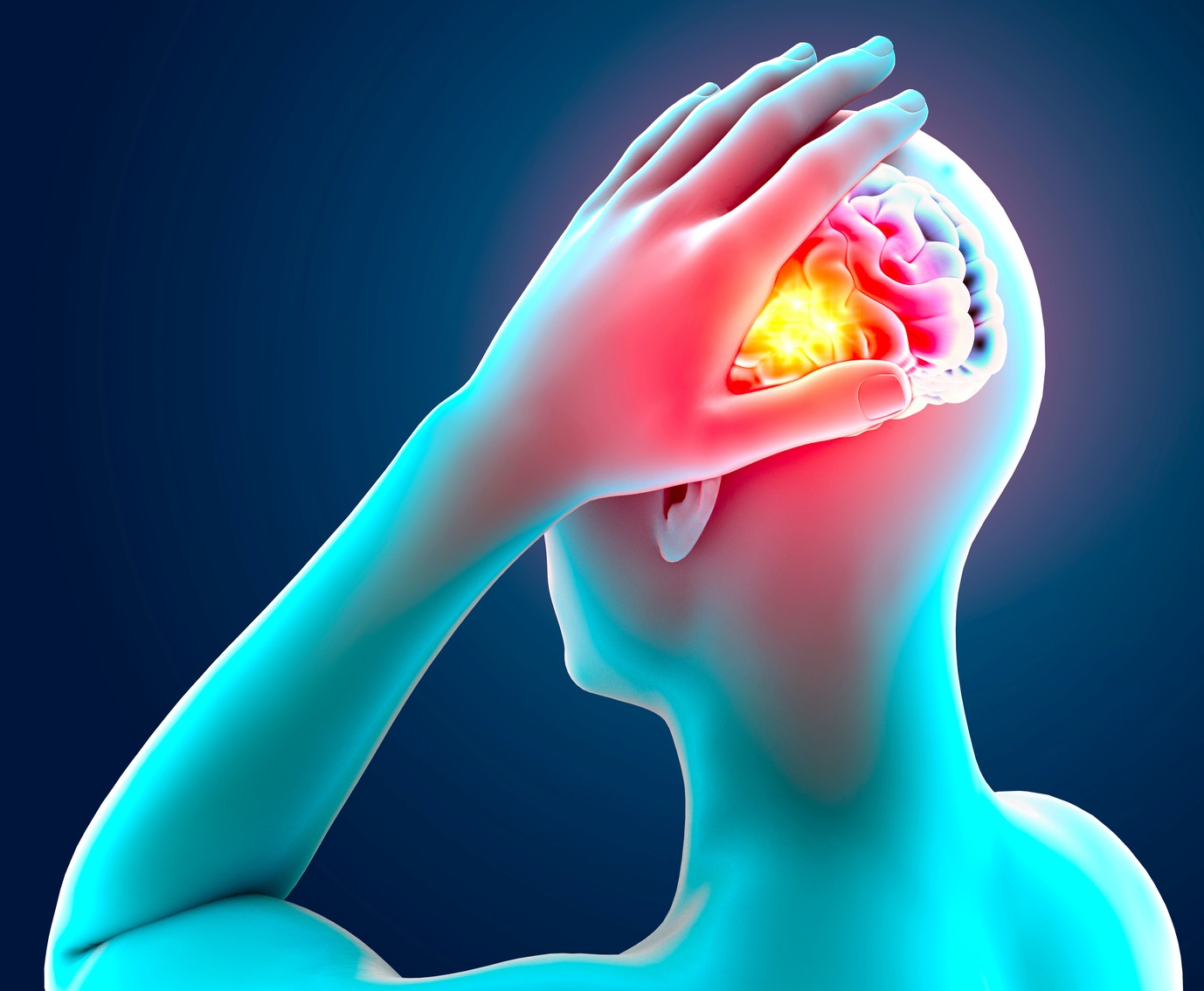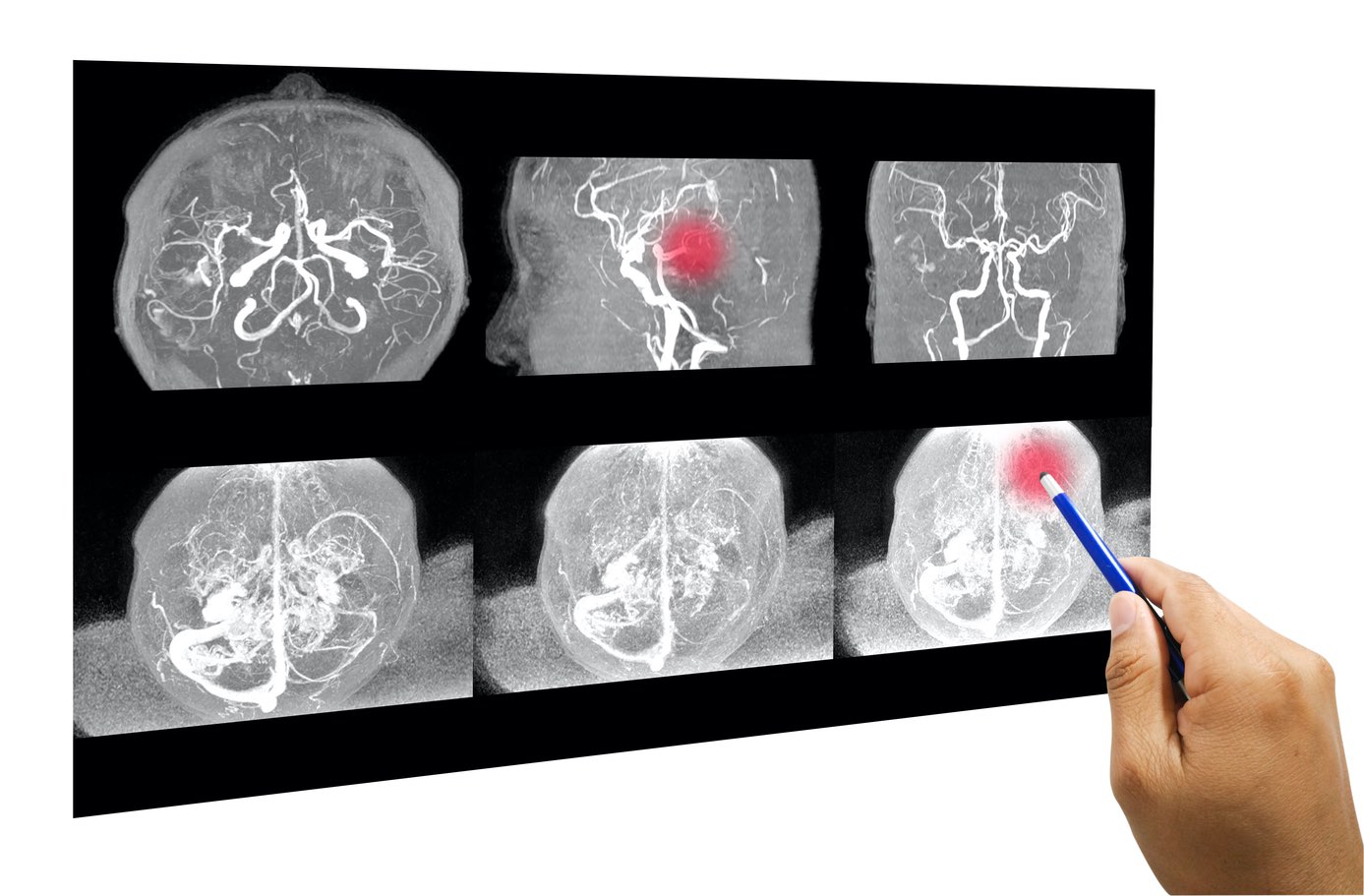Aneurysm—the silent killer among young people
Jovit Baldivino, Pilipinas Got Talent grand champion, died of brain aneurysm on Friday, Dec. 9 at 29 years old. He was in the middle of a song—his promising career cut short and his young dreams dashed when death came like a thief in the night.
In 2017, actress Isabel Granada died of brain hemorrhage due to aneurysm at age 41.
If I may add, an extended family member died of aneurysm at only 20, a few whispers away from his college graduation.
A friend’s son, 33, died unexpectedly in his condo in Houston, Texas. An autopsy revealed he had aneurysm.
Aneurysm is often called the silent killer because it usually comes without symptoms and warning signs.

Worldwide, statistics show that half a million lives are snuffed out by brain aneurysm each year, with half of the victims younger than 50. Brain aneurysm is prevalent in people aged 35 to 60.
Dr. Willie Ong, doctor ng bayan, zeroes in on the local facts and figures: “In the whole world, around 3% has brain aneurysm. In the Philippines, with a population of 100 million, around 3 million have aneurysm, but they don’t know they have it. Around 15,000 to 30,000 will have a stroke due to brain aneurysm.”
Aneurysm and its risk factors
Aneurysm is defined as the bulging of a blood vessel (or vessels) in the body due to the weakening of the walls of the arteries that can lead to rupture, leaking of blood, and sudden death.
Doc Willie compares it to an old bicycle tire that bulges or expands, and then suddenly bursts. When a blood vessel leaks or ruptures, that’s when you will feel symptoms like sudden severe headache that’s different from past headaches (an aneurysm survivor compares it to 10 times an ordinary migraine), neck pain, nausea and vomiting, sensitivity to light, blurring of vision, and fainting.
"I had severe migraine, as if a baseball bat just hit my head," relates an aneurysm survivor, one of many members of the Philippine Brain Aneurysm Survivors founded by Rico Principe, himself an aneurysm survivor, in 2013. By sharing their pains and struggles, members have learned to deal with their illness with less fear and more determination.
Aneurysm is often called the silent killer because it usually comes without symptoms and warning signs.
Who are at risk for developing aneurysm? “Most of the time, it’s asymptomatic and can affect anyone, even the healthy-looking ones and those who practice clean living,” Doc Willie points out.
What are the risk factors? Doc Willie enumerates, “Family history (if you have a family member who had it), high or uncontrolled blood pressure, smoking, drinking, and age.”
Studies show that one very important factor that can trigger blood vessels to rupture is smoking, which has been proven to cause an aneurysm to become larger. According to neurologist Dr. Alejandro Diaz in a TV interview, a 10mm to one-inch aneurysm is small and has no cause for alarm.
The other important factor, Dr. Diaz notes, is high blood pressure. He advises his patients to have their BP checked as hypertension generally has no symptoms.
Imaging tests, such as CT scan, MRI angiography, ultrasound, can diagnose an aneurysm.

Dr. Diaz gives another tip: "No binge drinking on weekends! Delikado 'yan, it can be fatal."
Doc Willie prescribes, "If you think you have high blood pressure, get treatment. Don't forget to take your maintenance medicines."
Since the holiday season can be stressful and cause a sudden spike in blood pressure, Doc Willie stresses, "Keep cool, don't get mad or be hot-headed. Avoid alcohol and smoking. Be good, be forgiving."
And you'd better watch out—with these top tips, our good doctors have broken the silence over this scary silent killer.


